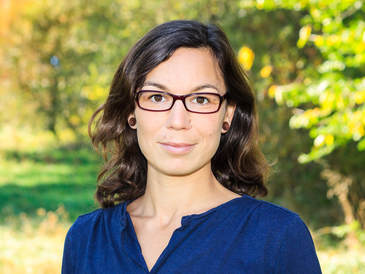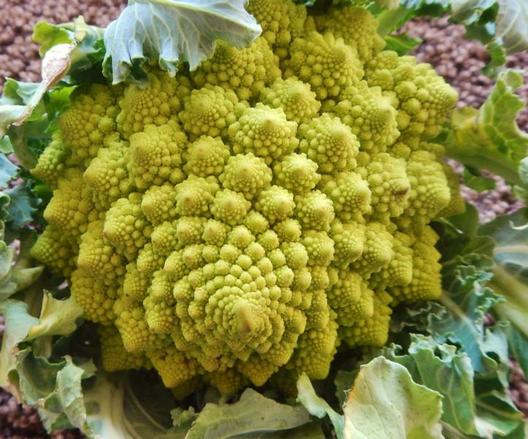 Dr. Manuela P. Gaßner
© Ron Gaßner
Dr. Manuela P. Gaßner
© Ron Gaßner
Dr. Manuela P. Gaßner,
born and raised in Munich, works and lives with her husband and kids in Freising near to Munich. The mom of three children is a (book-)author, keynote speaker and moderator for Zero Waste, Consumer behavior, urban farming, sustainable agriculture and climate change. Since 2013 she ist a lecturer at the Weihenstephan Science Center of the Technical University of Munich on plantnutrition in agriculture and 2021 at JWL and Xavier University Bhubaneswar, India for Sustainable Agriculture. Since 2015, she has been intensively involved in the prevention of waste and sustainable lifestyle.
Manuela P. Gaßner studied horticulture (Dipl. Ing. FH) at Weihenstephan-Triesdorf University of Applied Sciences and in Venezuela. This was followed by a second degree in Horticultural Science (M. Sc.) at the Weihenstephan Science Center of the Technical University of Munich and the Corvinus University of Budapest. Then she went into the business world as purchasing agronomist across Europe. This was followed by a dissertation (Dr. agr.) in Plant Nutrition at the Technical University of Munich and further studies in Philosophy and Global Solidarity at the Munich School of Philosophy.
Books:
TV reports:
About nature, art and math
NATURE: Manuela Gaßner spent most of her childhood and youth in the urban garden of her grandfather among flowers, vegetables and fruit trees. There her love of nature developed.
ART: At an early stage, her creative output and her love of art developed, which has since adopted a variety of expression forms. Why and how were important questions, so the interest in art history followed.
MATH: Besides art, Manuela Gassner has a weakness for mathematics, which is almost the "same". For example, think of the "golden ratio", math caught !!! In the hexagonal honeycomb structure of the bees, the Fibonnaci sequence in the arrangement of sunflower seeds, the Golden Angle in red cabbage, the fractal structure of Romanesco, the golden section in the ivy leaf, the logarithmic spiral of Nautilus shells and the scales of a pine cone and there are also the "Mandelbrot Quantity", the "Moebius strip", the "Menger Sponge", the "Voronoi Polygons" AND the "Number Phi". Mathematics also includes statistics, which is so logically logical and explanatory. Wonderful!
Conclusion: Because nature is the greatest artist ever, the circle of nature, art and mathematics is connected!
Next Events and what tells the press.
born and raised in Munich, works and lives with her husband and kids in Freising near to Munich. The mom of three children is a (book-)author, keynote speaker and moderator for Zero Waste, Consumer behavior, urban farming, sustainable agriculture and climate change. Since 2013 she ist a lecturer at the Weihenstephan Science Center of the Technical University of Munich on plantnutrition in agriculture and 2021 at JWL and Xavier University Bhubaneswar, India for Sustainable Agriculture. Since 2015, she has been intensively involved in the prevention of waste and sustainable lifestyle.
Manuela P. Gaßner studied horticulture (Dipl. Ing. FH) at Weihenstephan-Triesdorf University of Applied Sciences and in Venezuela. This was followed by a second degree in Horticultural Science (M. Sc.) at the Weihenstephan Science Center of the Technical University of Munich and the Corvinus University of Budapest. Then she went into the business world as purchasing agronomist across Europe. This was followed by a dissertation (Dr. agr.) in Plant Nutrition at the Technical University of Munich and further studies in Philosophy and Global Solidarity at the Munich School of Philosophy.
Books:
- Wenn nicht jetzt, wann dann? Ressourcenschonend und nachhaltig gärtnern. Zusammenhänge verstehen - bewusst planen, anbauen und ernten. Kosmos Verlag
- Mein immerwährender Weihnachtsbaum Frech Verlag
- Taschen machen statt Plastiksachen Frech Verlag
- Weniger ist mehr - Müllvermeidung in und um Freising
- Das Zero Waste Nähbuch Frech Verlag
TV reports:
- BR Reportage "Weniger ist mehr - Was man im Leben wirklich braucht" / "Less is more - What you really need in life", 43 Min.
- BR Dokumentation : DokThema Verpackungs-Wahnsinn: Kapituliert der Staat vor der Plastikflut? / "Is the state capitulating to the plastic flood?", 90 Min.
- Award 2020 Grüner Engel for exemplary performance and long-term, sustainable, voluntary commitment in the environmental sector, awarded by Thorsten Glauber, Bayerisches Staatsministerium für Umwelt und Verbraucherschutz
- Founding member Agenda 21 project group "Biostadt Freising", 1. Chairwoman April 2018 till August 2021.
- Organisation of talks and events in the sustainability tent at the Uferlos Festivals in Freising
- Support member at community garden Knollen & Co.
- Support member at Tagwerk Förderverein
About nature, art and math
NATURE: Manuela Gaßner spent most of her childhood and youth in the urban garden of her grandfather among flowers, vegetables and fruit trees. There her love of nature developed.
ART: At an early stage, her creative output and her love of art developed, which has since adopted a variety of expression forms. Why and how were important questions, so the interest in art history followed.
MATH: Besides art, Manuela Gassner has a weakness for mathematics, which is almost the "same". For example, think of the "golden ratio", math caught !!! In the hexagonal honeycomb structure of the bees, the Fibonnaci sequence in the arrangement of sunflower seeds, the Golden Angle in red cabbage, the fractal structure of Romanesco, the golden section in the ivy leaf, the logarithmic spiral of Nautilus shells and the scales of a pine cone and there are also the "Mandelbrot Quantity", the "Moebius strip", the "Menger Sponge", the "Voronoi Polygons" AND the "Number Phi". Mathematics also includes statistics, which is so logically logical and explanatory. Wonderful!
Conclusion: Because nature is the greatest artist ever, the circle of nature, art and mathematics is connected!
Next Events and what tells the press.
